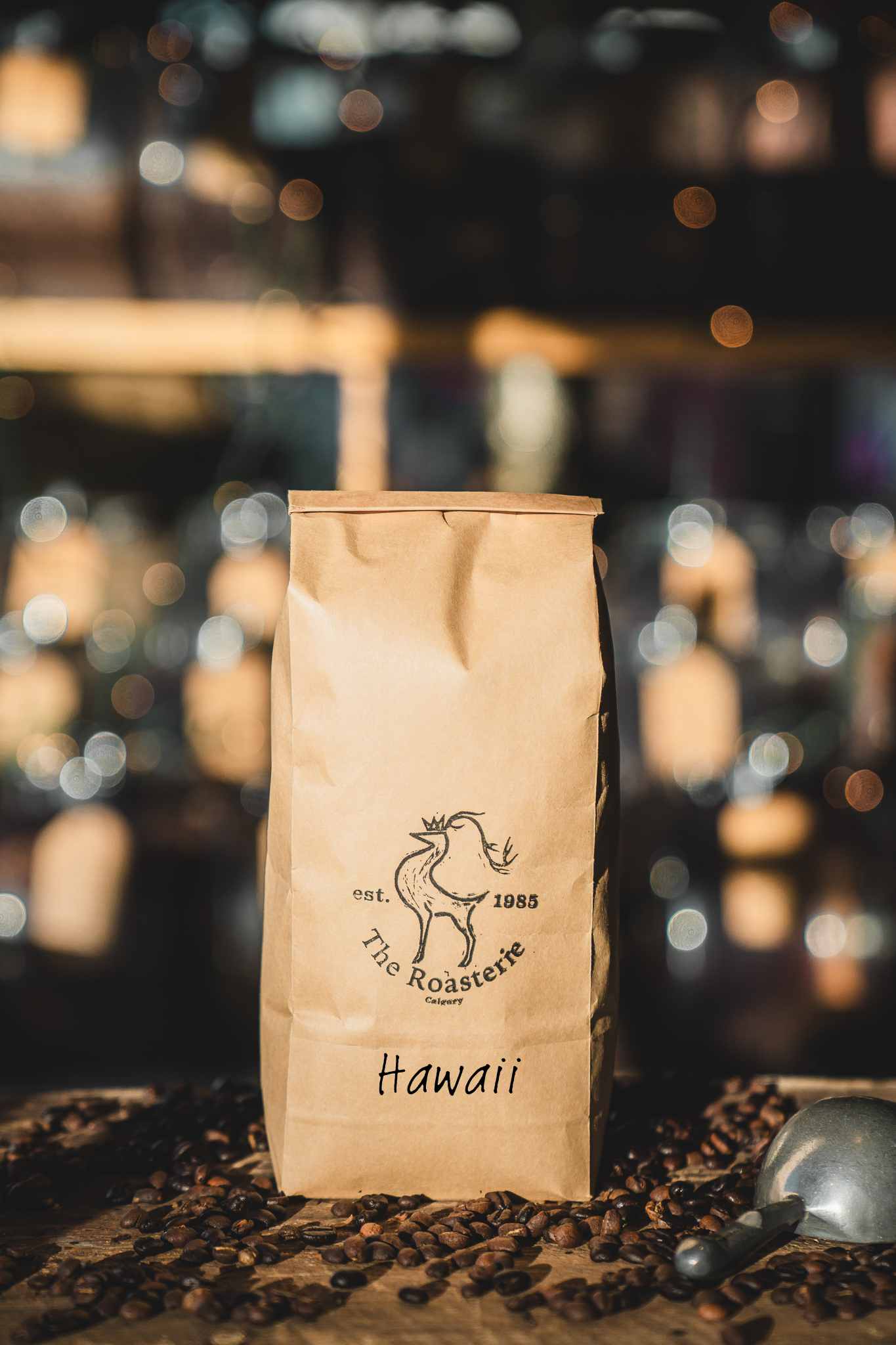
Grading Coffee Beans: The Journey from Good to Exceptional
Ever wonder what makes one bag of coffee cost more than another? It’s not just where it’s grown or how it’s processed. A big part of the equation comes down to how coffee is graded. Grading is the process of sorting coffee beans by quality, and it plays a huge role in determining the flavour in your cup.
So, how do coffee experts decide which beans are top-notch and which are just okay? Let’s take a closer look.
Why Do We Grade Coffee Beans?
Coffee grading ensures consistency. By sorting beans based on specific criteria, buyers and roasters can predict the quality and flavour of a batch. This system also rewards farmers for growing exceptional coffee, giving them a chance to earn premium prices.
Grading helps everyone—from farmers to consumers—get the best experience possible. For you, that means knowing you’re brewing something special every time you open a bag.
What Criteria Are Used to Grade Coffee?
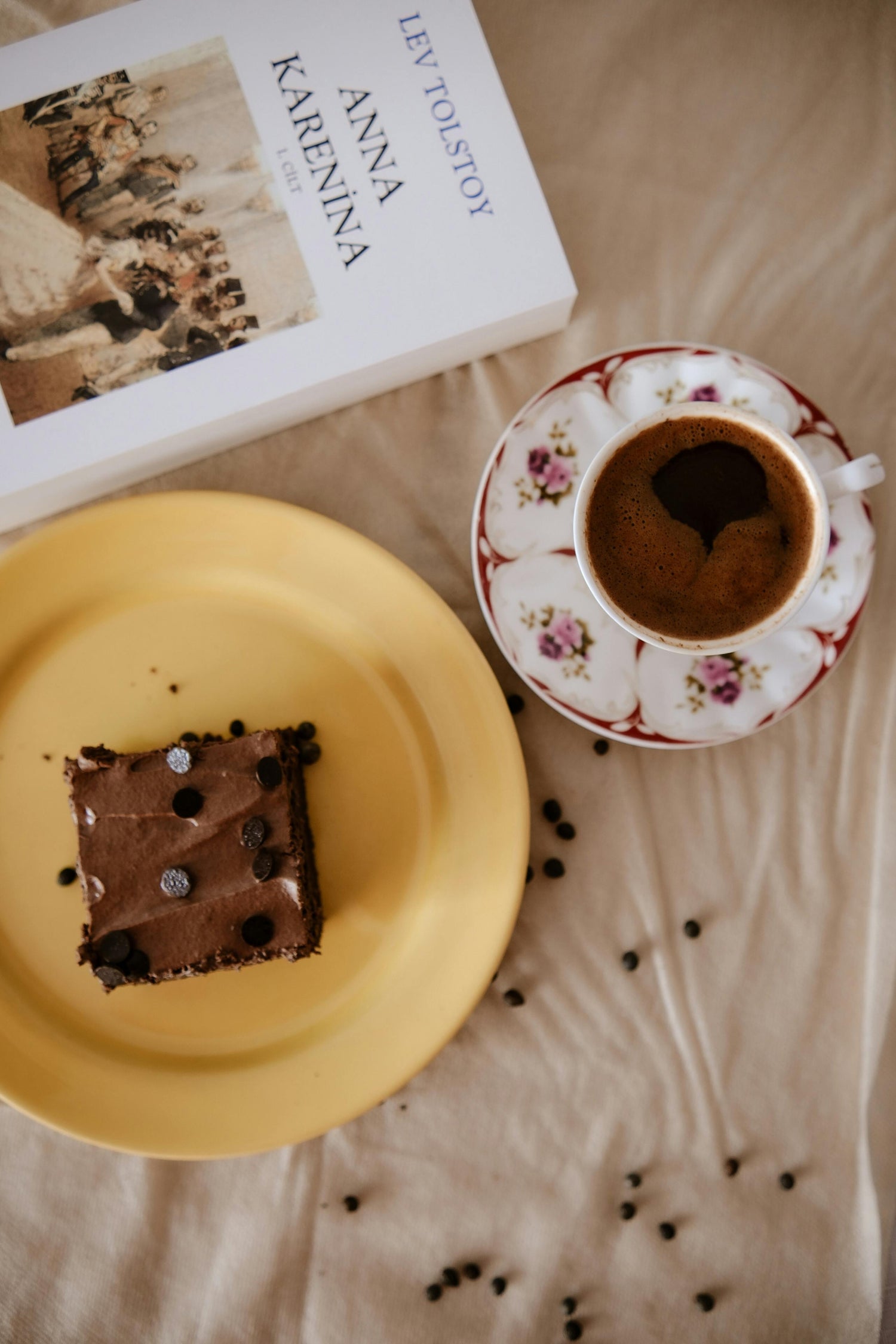
Coffee grading isn’t a one-size-fits-all process. Each coffee-growing country often has its own system. However, most grading systems look at a few key factors:
- Bean Size
Larger beans are often associated with higher quality. Why? Because they tend to develop more complex flavours during growth. Beans are typically graded using screens with different-sized holes. Terms like “AA” or “Supremo” often refer to larger bean sizes. - Defects
Defects can include broken beans, black beans, or beans damaged by pests. The fewer defects, the higher the grade. For example, specialty-grade coffee allows for very few defects, while lower grades can have more. - Density
Denser beans often grow at higher altitudes, where cooler temperatures allow them to develop slowly. This slow growth typically leads to better flavour.

4. Cup Quality
This is where the magic happens. Trained coffee tasters (or Q Graders) evaluate the flavour, aroma, acidity, body, and aftertaste of the coffee. Beans that score above 80 points on a 100-point scale are classified as specialty coffee.
5. Processing Method
The way beans are processed (natural, washed, or honey) can also impact grading. Each method affects the final flavour profile, and some grades might favour specific processing styles. Read about Processing methods here.
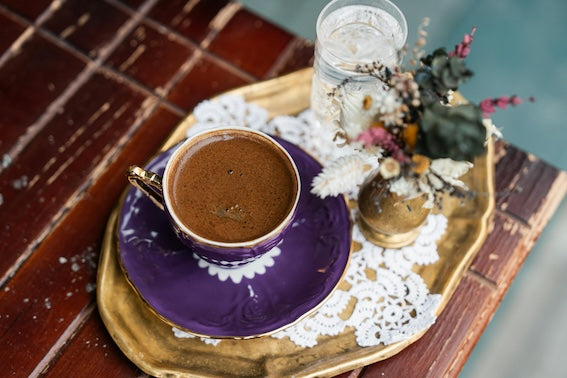
How Do Grading Systems Vary by Country?
Every coffee-producing country has its spin on grading. For example:
- Ethiopia: Grading is done by bean size and cup quality, ranging from Grade 1 (highest) to Grade 9. On our shelf, you can find Guji Grade 1.
- Colombia: Uses terms like “Supremo” (large beans) and “Excelso” (medium-sized beans). Try our Colombia Huila or Caldas.
- Kenya: Grades by size, with AA being the most sought-after. The highest grade is AA+. At The Roasterie Kenya Narok.
- Hawaii: Known for its Kona coffee, and Kona goes; Prime Fancy, Extra Fancy grade for its largest and highest-quality beans. These beans are prized for their smooth, rich flavour and exceptional balance. Ask for our Hawaii Kona Extra Fancy.
These regional variations make exploring coffee from different origins even more exciting.

Specialty vs. Commercial Coffee
Most of the coffee we hear about falls into two main categories: specialty and commercial.
- Specialty Coffee: This is the cream of the crop, scoring 80 points or higher during grading. It’s grown in ideal conditions and carefully processed. Expect vibrant flavours, complexity, and clarity in your cup.
- Commercial Coffee: Often used for instant coffee or pre-ground blends, these beans don’t meet the strict standards of specialty coffee. They’re still a-okay but lack the unique flavours of higher-grade options.
What Does Grading Mean for Your Cup?
When you choose higher-graded coffee, you’re choosing beans that have been cared for every step of the way. From the farm to your grinder, these beans represent the best flavour and quality. Whether you’re sipping on a fruity Ethiopian or a chocolatey Colombian, grading ensures you get what you pay for.
So, next time you pick up a bag of coffee, take a closer look at the label. Words like “AA,” “Specialty Grade,” “Supremo,” or “Extra Fancy” aren’t just marketing—they’re a promise of something truly special.
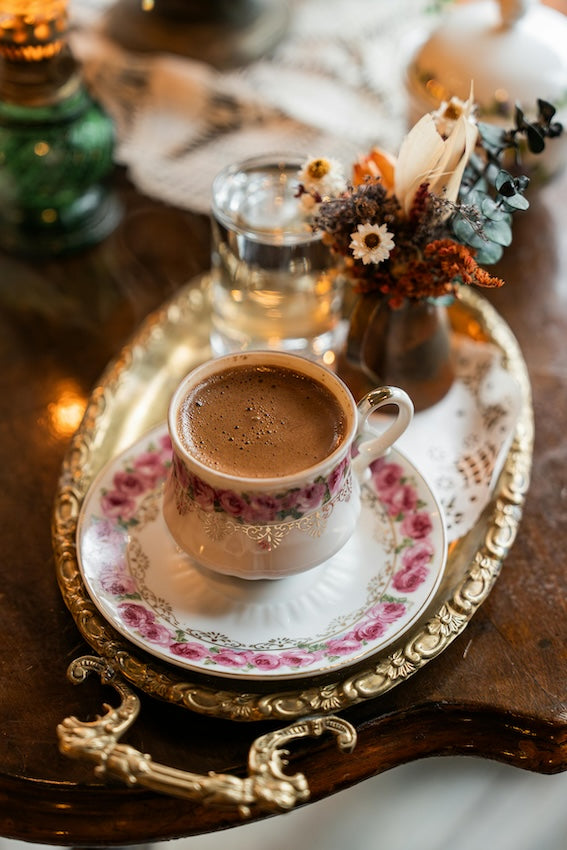
IYKYK
Grading coffee beans is both an art and a science. It’s a vital step in bringing the best possible flavours to your cup. While Arabica beans dominate the specialty coffee scene due to their smoother, more complex flavours, Robusta beans can also be graded—though they rarely reach the same quality standards. Robusta is typically bolder and higher in caffeine but lacks the nuanced flavours and sophistication of Arabica.
So, whether you’re a casual coffee drinker or a die-hard aficionado, understanding grading can make your coffee journey even more rewarding. Now that you know the secrets behind those beans, it’s time to brew a cup and taste the difference for yourself. Cheers!
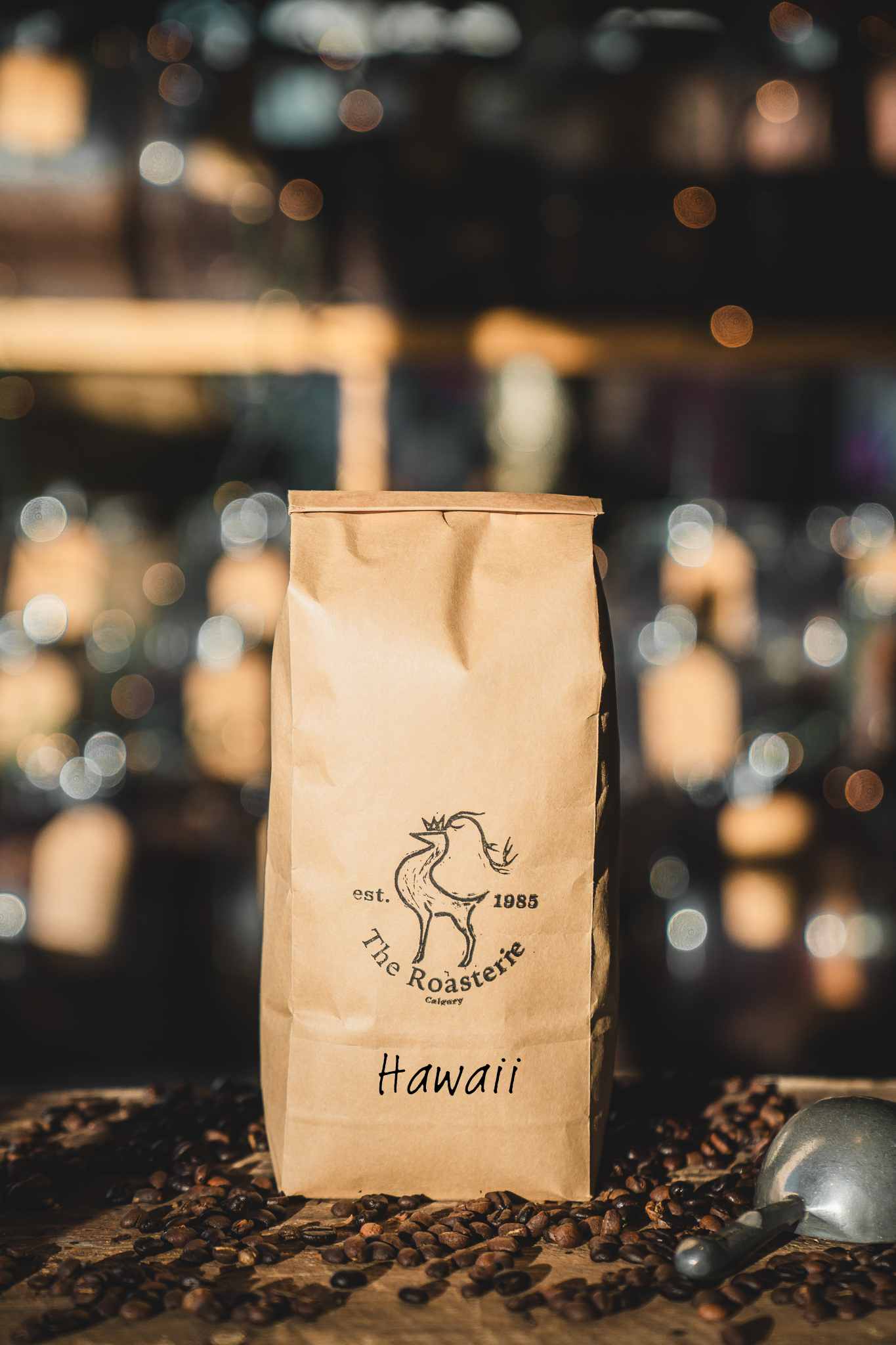
theroasterie.com
Hawaii
Share
